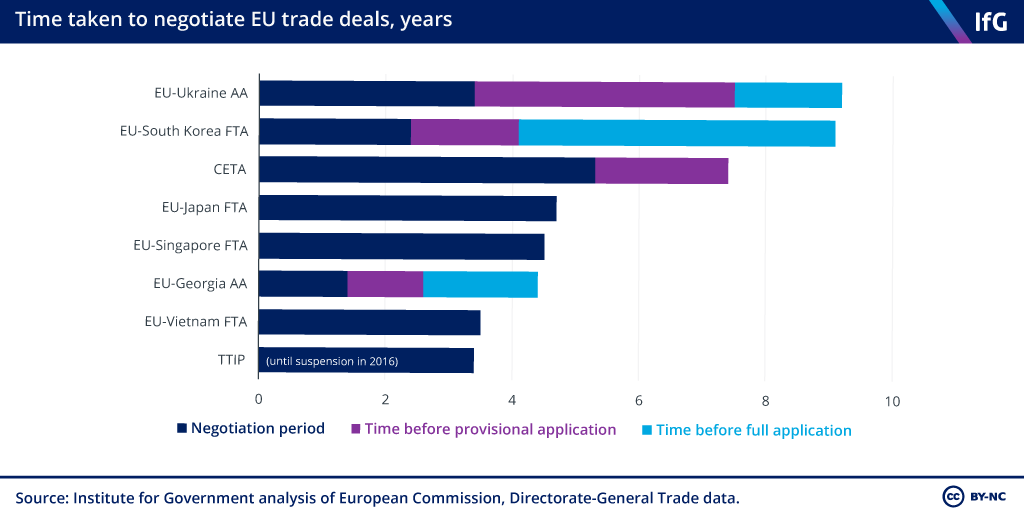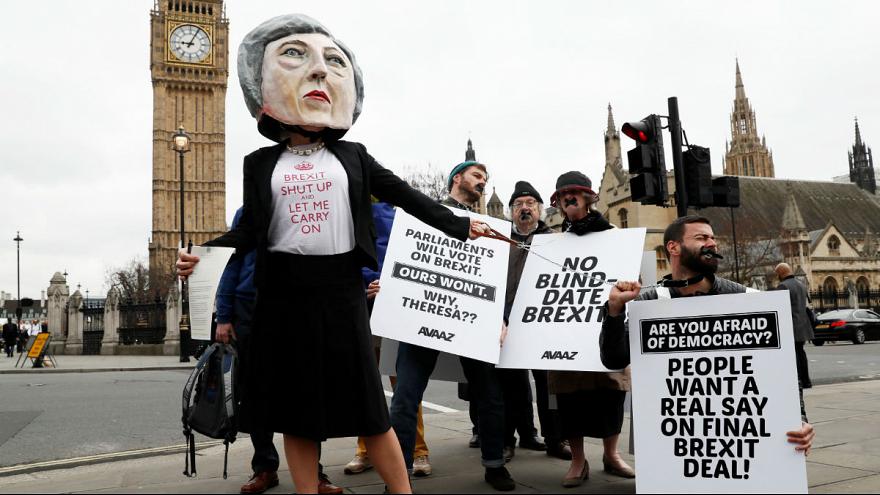Concerns have been raised that we will leave the EU with only a vague idea of what the future relationship looks like. But that has always been the case, as it suits the Government quite well, says Tim Durrant.
Brexit / Policy making
The idea of a ‘blind Brexit’ has been floated in recent days, with Scotland’s First Minister Nicola Sturgeon, among others, raising the prospect of the UK leaving the EU with no certainty over what the future relationship will look like. But nobody should be surprised that this is where we’re heading. It is easier, both practically and politically, to get the UK out of the EU and worry about the detail of the future relationship later.
We’ve known this was going to be the case all along
Back in the mists of 2016, before the referendum, David Cameron’s government published a series of papers looking at what a Leave vote would mean, including one which set out the process for leaving. This paper was the first to note that the withdrawal agreement and future relationship would probably be different negotiations. After Theresa May triggered Article 50, the European Council published its guidelines for the negotiations.

These established the ‘phased approach’ to negotiations, in which the UK’s withdrawal from the EU had to be wrapped up before the future could be discussed. And even if the EU was willing to negotiate the future relationship before the UK leaves the EU, as the chart below shows, the two-year Article 50 period is nowhere near long enough to get a detailed deal of the kind that the UK wants:
But there are degrees of ‘blindness’
While the detail of the trade deal won’t be agreed before Brexit, there will be a ‘framework’ on the future relationship. This will not be a legally binding document, but it will at least shine a light on where the current set of negotiators think a deal might land. But a Government can’t push for a given outcome if it doesn’t know what it wants, and this one has been beset by indecision. Only with the publication last month of the Chequers white paper have serious discussions been able to start.
The Prime Minister will almost definitely need to make more concessions to the EU. This could involve changes to the customs proposals, the relationship between the UK and the European Court of Justice or the future rules on EU migration to the UK. Being flexible in these areas may deliver a partially-sighted Brexit, rather than one that is completely blind, but is likely to provoke more criticism for the Government at home.
It suits the Government to keep Brexit blind
To get a deal over the line, the Government has to appease many different constituencies, including Leave and Remain-supporting MPs and, of course, the rest of the EU. The less specific the future framework document is, the less likely it is that people will find something in it to disagree with, so it suits the Government to keep it ambiguous.
While the future framework is likely to give us a sense of where we’re heading, it won’t tell us exactly. The best we can hope for is something vague, which will be fleshed out while the UK is held in stasis in the transition. The UK may not be completely blind after March next year, but it’s going to be in the dark for a couple more years at least.
By Tim Durrant
https://www.instituteforgovernment.org.uk





